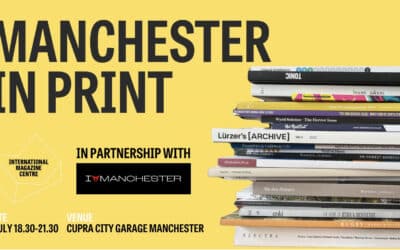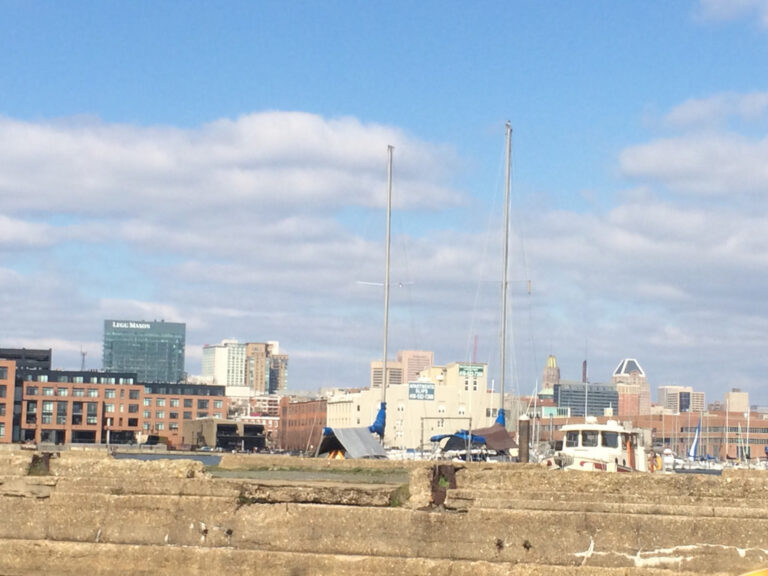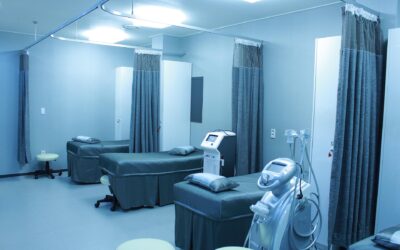The journey from Leeds University to a prestigious new digital appointment at one of America’s leading museums has been eventful – but also unplanned. I met up with Nancy Proctor in Baltimore to find out more.
After holding the attention of several hundred people who had gathered from across the world in the ballroom of one of Baltimore’s hotels for her introductory welcome to this year’s Museums and the Web conference, Proctor takes a short break for our interview and we head off to a quiet spot.
The newly appointed deputy director of digital experience for Baltimore Museum of Modern Art is an internationally known leader of museum technology strategies.
She has pioneered the use of technology to expand visitor engagement with museums since 1995, when she co-founded TheGalleryChannel.com, publishing innovative online exhibitions and virtual tours and the UK’s first CD-ROM of contemporary art, as well as syndicating the most comprehensive global listing of museums and galleries of the day.
Most recently, Proctor has advanced the global digital presence of the Smithsonian Institution as Head of Mobile Strategy & Initiatives. Her accomplishments include developing their mobile strategy and central mobile platform, spearheading their participation in the Google Art Project, working with fundraising teams and board members on the roll-out of public WiFi, and advising on more than 50 mobile projects, including the Access App, the world’s first open source solution for crowdsourcing mobile content to make museums more accessible to people with disabilities and foreign language speakers.
And so she laughs when I ask about her time at Leeds: “No-one ever asks me about that now,” she says.
And it’s easy to understand why. Being the co-chair of the museum sector’s biggest annual event as well as having chalked up all those major achievements in her field means that her time studying in the Yorkshire city must seem distant history for many.
But, as she reveals, those years were very formative.
“Honestly I have never had a plan, I’ve just done the thing that seemed interesting at the time – and I’ve had a lot of luck.
“Griselda Pollock (Professor of the Social & Critical Histories of Art at Leeds) came to speak. I heard her speak and I didn’t understand a word she was saying and that intrigued me. I went up to her at the end of the talk and told her that. She told me about the masters programme.”
And so the American set off for Yorkshire where she did the MA and then a Phd before embarking on her high-flying career.
“I think Leeds and Baltimore have a lot in common. A lot of the things I loved about Leeds, I love about Baltimore. For one thing, Leeds let me hold my first exhibitions – I got to curate at Leeds City Art Gallery and the other was a performance piece at the Metropolitan Gallery.
It was great fun.
“Leeds, I think, has that great socialist ethic. That responsibility to bring everyone along with you and that it’s not OK for just some to succeed and everyone else not to. I felt that in my, to date, limited experience of Baltimore, I feel I have landed right in the middle of that community that thinks exactly that way as well.
“Americans generally shy away from the ‘S’ word, socialism but it’s a word I embrace wholeheartedly. Our practices are often very socialistic, if you like, even if you don’t want to call it that way. It’s a sense of community and responsibility and that’s very strong in Baltimore.
“Also they are both post industrial cities with economies that haven’t really recovered since the heavy industry crash of the 70s and so housing is relatively cheap here which means we attracts wonderful artists and creative peoples and so we have amazing resources in terms of the creative community in Baltimore and that was certainly true of Leeds as well. There’s also great institutions of higher learning which fuels that economy.
“In fact, the only thing Leeds doesn’t have is a port!”










